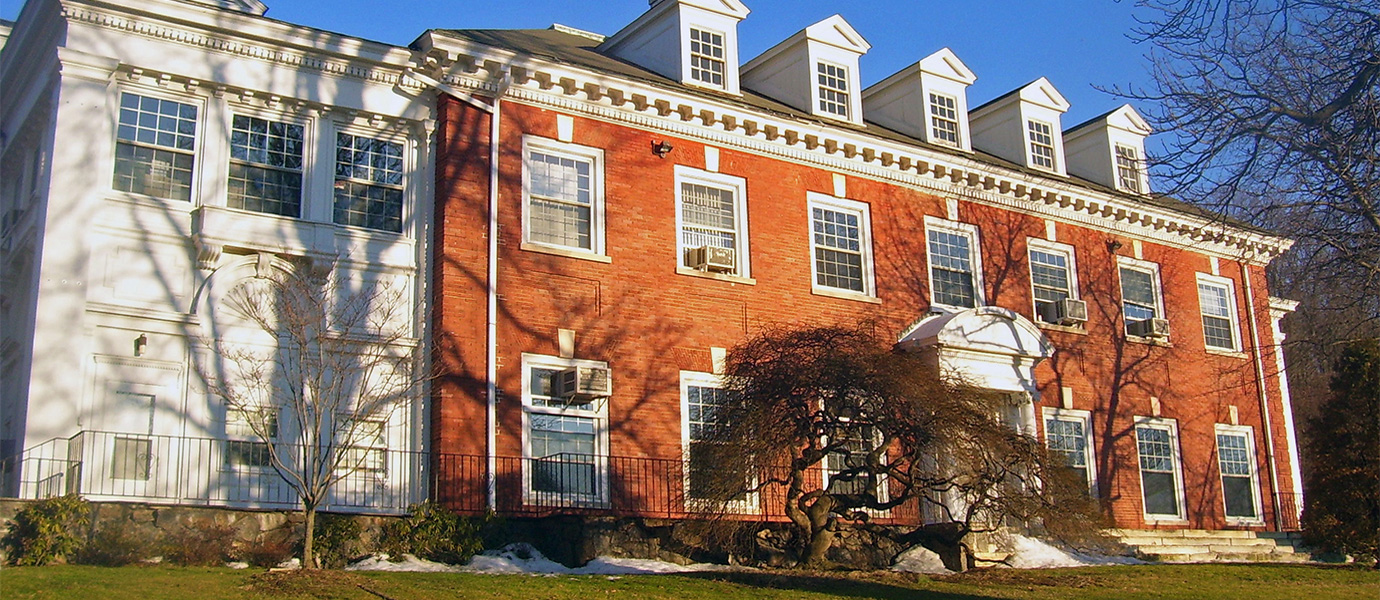ABOUT
Craik-Patton House
Listed on the National Register of Historic Places, the Craik-Patton House is a splendid example of Greek Revival architecture in the Kanawha River Valley of West Virginia. Constructed in 1834, the Craik-Patton House, known then as "Elm Grove", was built in downtown Charleston by James Craik. James Craik was the grandson of Dr. James Craik, close friend and personal physician to President George Washington. Later, the home was purchased by Confederate Colonel George S. Patton I, grandfather of WW2 General George S. Patton. It was moved in 1973 to its current location.
contact info
Hrs: Weekdays 10AM-4PM (Closed 12PM-1PM), By appointment.
HELPFUL LESSON PLAN(S)
Prepared by FieldTripDirectory.com
Historic Site Lesson Plan
FUN FACTS
Philadelphia’s Independence Hall, where the Declaration of Independence and Constitution were signed; Boston’s Old State House, where the Boston Massacre and the American Revolution began; Washington D.C.’s National Mall, where Martin Luther King, Jr. delivered his “I Have a Dream” speech; Virginia’s Jamestown settlement, the country’s first colony; Charleston’s Fort Sumter, where the first shots of the Civil War were fired; New York’s Statue of Liberty and Ellis Island, where millions of immigrants were introduced to their new home. All of these sites, significant to America’s history, can be visited, toured, and admired. While visiting one of the many historical sites around the country, consider the importance in preserving these sites.
View Lesson Plan>>ABOUT
Craik-Patton House
Listed on the National Register of Historic Places, the Craik-Patton House is a splendid example of Greek Revival architecture in the Kanawha River Valley of West Virginia. Constructed in 1834, the Craik-Patton House, known then as "Elm Grove", was built in downtown Charleston by James Craik. James Craik was the grandson of Dr. James Craik, close friend and personal physician to President George Washington. Later, the home was purchased by Confederate Colonel George S. Patton I, grandfather of WW2 General George S. Patton. It was moved in 1973 to its current location.
contact info
Hrs: Weekdays 10AM-4PM (Closed 12PM-1PM), By appointment.
HELPFUL LESSON PLAN(S)
Prepared by FieldTripDirectory.com
Historic Site Lesson Plan
FUN FACTS
Philadelphia’s Independence Hall, where the Declaration of Independence and Constitution were signed; Boston’s Old State House, where the Boston Massacre and the American Revolution began; Washington D.C.’s National Mall, where Martin Luther King, Jr. delivered his “I Have a Dream” speech; Virginia’s Jamestown settlement, the country’s first colony; Charleston’s Fort Sumter, where the first shots of the Civil War were fired; New York’s Statue of Liberty and Ellis Island, where millions of immigrants were introduced to their new home. All of these sites, significant to America’s history, can be visited, toured, and admired. While visiting one of the many historical sites around the country, consider the importance in preserving these sites.
View Lesson Plan>>ABOUT
Craik-Patton House
Listed on the National Register of Historic Places, the Craik-Patton House is a splendid example of Greek Revival architecture in the Kanawha River Valley of West Virginia. Constructed in 1834, the Craik-Patton House, known then as "Elm Grove", was built in downtown Charleston by James Craik. James Craik was the grandson of Dr. James Craik, close friend and personal physician to President George Washington. Later, the home was purchased by Confederate Colonel George S. Patton I, grandfather of WW2 General George S. Patton. It was moved in 1973 to its current location.
contact info
Hrs: Weekdays 10AM-4PM (Closed 12PM-1PM), By appointment.
HELPFUL LESSON PLAN(S)
Prepared by FieldTripDirectory.com
Historic Site Lesson Plan
FUN FACTS
Philadelphia’s Independence Hall, where the Declaration of Independence and Constitution were signed; Boston’s Old State House, where the Boston Massacre and the American Revolution began; Washington D.C.’s National Mall, where Martin Luther King, Jr. delivered his “I Have a Dream” speech; Virginia’s Jamestown settlement, the country’s first colony; Charleston’s Fort Sumter, where the first shots of the Civil War were fired; New York’s Statue of Liberty and Ellis Island, where millions of immigrants were introduced to their new home. All of these sites, significant to America’s history, can be visited, toured, and admired. While visiting one of the many historical sites around the country, consider the importance in preserving these sites.
View Lesson Plan>>ABOUT
Craik-Patton House
Listed on the National Register of Historic Places, the Craik-Patton House is a splendid example of Greek Revival architecture in the Kanawha River Valley of West Virginia. Constructed in 1834, the Craik-Patton House, known then as "Elm Grove", was built in downtown Charleston by James Craik. James Craik was the grandson of Dr. James Craik, close friend and personal physician to President George Washington. Later, the home was purchased by Confederate Colonel George S. Patton I, grandfather of WW2 General George S. Patton. It was moved in 1973 to its current location.
contact info
Hrs: Weekdays 10AM-4PM (Closed 12PM-1PM), By appointment.
HELPFUL LESSON PLAN(S)
Prepared by FieldTripDirectory.com
Historic Site Lesson Plan
FUN FACTS
Philadelphia’s Independence Hall, where the Declaration of Independence and Constitution were signed; Boston’s Old State House, where the Boston Massacre and the American Revolution began; Washington D.C.’s National Mall, where Martin Luther King, Jr. delivered his “I Have a Dream” speech; Virginia’s Jamestown settlement, the country’s first colony; Charleston’s Fort Sumter, where the first shots of the Civil War were fired; New York’s Statue of Liberty and Ellis Island, where millions of immigrants were introduced to their new home. All of these sites, significant to America’s history, can be visited, toured, and admired. While visiting one of the many historical sites around the country, consider the importance in preserving these sites.
View Lesson Plan>>
